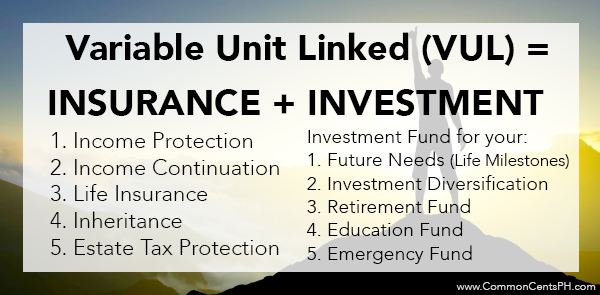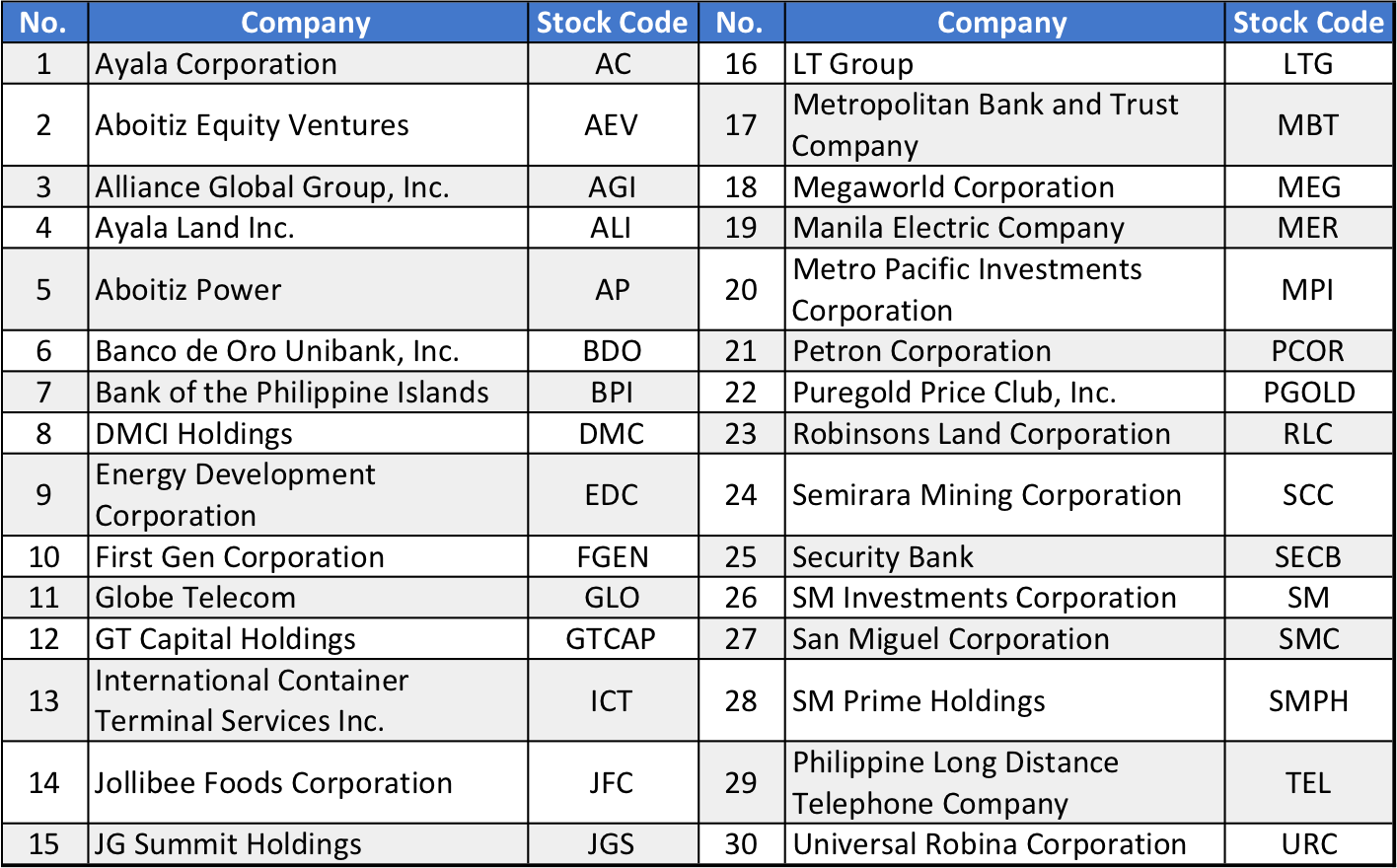Are you worried about the ups and downs of the stock market?
Are you currently invested in the market and you become anxious everytime you hear the market went down?
Or are you new to investing and you just want to know about CommonCentsPH’s 5 Ways to Hug the Market Bear?
After reading the article, you will learn not only about the 5 Ways to Hug the Market Bear but how to Hug The Market whether it is up (bull) or down (bear).
What is a Bear Market?

The bear market happens when investors become pessimistic and selling activity rises resulting to falling prices in a financial market.
Basically, it is a loss of confidence in the financial market and investors decide to go elsewhere to earn more from their money.
It is described as a bear market because a bear attacks its prey on a downward direction.
There is a consensus among financial market professionals and analyst that the start of a bear market is when the Philippine Stock Exchange Index (PSEi) declines 20% from its highest level.
For example, if the highest level of the PSEi is at 9,000pts, its 20% is equal to 1,800pts. Hence if the PSEi went down below 7,200pts (9,000pts – 1,800pts), then it is the start of a bear market.
It is said that a bear market happens every 10 years and lasts for an average of 6 months to 1 year.
But What Do You Do On A Bear Market?
Do you fight the strong, mighty, and territorial bear?
Of course not, instead of fighting it, you befriend and hug it.

WHY? Because on a bear market the market is actuallyon SALE!

Meaning, you can buy more stocks for your money.
5 Ways to Hug the Market Bear
(Or Any Market in General)
1. Asset Allocation
Asset Allocation is basically placing your money in different types of financial instruments in order to protect your wealth based on your risk profile.
Though there are many theories and strategies that you can search the net, my simple definition of asset allocation is diversification.
Diversification here is not just about buying different stocks across different industries but not placing all your money in one financial instrument such as stocks.
It says that you should also place money in bonds, real estate, and other types of investments.
Below is sample weighting allocation for a cautious, moderate, and aggressive investor:

For example, if you are a prudent/moderate investor, you follow the 20-40-40 allocation for cash, bonds, and stocks.
If after a year, your stocks earned a lot making the weighting of your investment portfolio to 20-20-60 for cash, bond, and stocks. You sell a portion of your stocks and transfer them to bonds to attain the 20-40-40 weighting.

It is basically realizing your gains on your stocks and protecting it by placing it in bonds.
On the other hand, if the stock market went down resulting to a weighting of 20-50-30 for cash, bonds, and stocks, you sell a portion of your bonds to buy more stocks to achieve the 20-40-40 weighting.

Hence, you are able to buy stocks at a lower price.
This is one of the reasons why High Net Worth Individuals (HNWI) have money to buy more stocks when the stock market is down because they don’t place all their money in the market.
Below is an example of how HNWI allocate their assets:

Asset Allocation might be a complicated subject matter since individuals have different goals, risk profile, and circumstances.
It is best to ask your wealth planner about what strategies you can follow. (message me if you like to have a FREE consultation).
2. Top-ups
Doing a top-up is basically investing more money while the market is on sale. Of course, you do your due diligence and projections that in the future that stock will be higher in value.
So for example, you bought P100,000 worth of stock A at P10/share in January 2017 giving you 10,000 shares of stock A (P100,000/P10 = 10,000shares).
In January 2018, stock A went down to P5/share. Hence your currently stock value is at P50,000 (10,000 share x P5/share. At this point you are at (–P50,000) paper loss.
You have decided to buy another P100,000 worth of stock A giving you an additional 20,000 shares (P100,000/P5 = 20,000 shares).
You now have a total of 30,000 shares (10,000 shares + 20,000 shares).
You bought stock A because you believe that it will be P15/share in the near future.
After 2 years, stock A went up to P15/share. Your total stock value is now at 30,000 shares x P15/share = P450,000. Giving you a profit of P250,000.
If you didn’t do a Top-up, your profit will just be P50,000.

To make it easy to remember, top-up is buying more stocks when it is at a low price (or on SALE!).
3. Peso Cost Averaging
Peso Cost Averaging is like doing top-ups on a fixed interval but you are not concerned if the market is high or low.
You buy a fixed amount of stocks/funds regardless of price on a fixed interval.
For example, you might decide to buy P5,000 worth of Stock A every 15th of the month regardless of the price. We don’t want to time the market, we just want to get the average.
We don’t really know WHEN the market will go up or down; but WHAT we KNOW is that on average, the market goes up.
Peso Cost Averaging are for investors with a long term mindset such as 5-10 years.

To know more about peso-cost averaging, click here.
4. #Insuravest

Insuravest or more commonly known as VUL is a financial product that combines life insurance and investments (bonds, stocks, or combo).
It’s insurance component is guaranteed; and in times of uncertainty especially in a bear market, you need something guaranteed.
If you pay your #insuravest monthly, you are also in fact doing peso cost averaging.
To know more about VUL, you may read the following articles:
– What is a VUL?
– Single Pay VUL or Mutual Fund/UITF?
– I Already Have an Online Stock Trading Account, Do I Still Need a VUL?
5. Invest in Index Funds
The PSEi, that is the benchmark of our financial market, earns an average of 10-12% per annum .
It is composed of 30 blue chips stocks across different industries that represents our economy. Below are the 30 stocks included in the PSE Index effective March 13, 2017:

Hence, buying an index fund or an equity fund (invested in blue chips), allows you to buy multiple stocks at a fixed amount.
Instead of buying them individually which will cost a lot, you can buy all of them for as low as P1,500/month.
Then just do Peso Cost Averaging.
Is the PSEi in the Bear Market?
If we will follow the consensus of declining more than 20% from the previous high, we already entered the bear market
As the saying goes, “History Repeats Itself.” And as we learn from history, we know that after a bear market, a bull market happens:

Hence, regardless if we are in a bull market or bear market, my advice is to hug the market through:
- Asset Allocation
- Top-ups
- Peso Cost Averaging
- Insuravest
- Investing in Index Funds
Your Millennial Wealth Planner,
Harold Q. Gardon, CWP, CEPP
 How do you find the article? Do you have any questions? Please feel free to message me if you want me to discuss a particular topic or if you are seeking financial advice.
How do you find the article? Do you have any questions? Please feel free to message me if you want me to discuss a particular topic or if you are seeking financial advice.
Subscribe to my mailing list and get a FREE copy of my e-book entitled “Millennial: A New Definition of Wealth”
We can also keep in touch through my FB Page.

